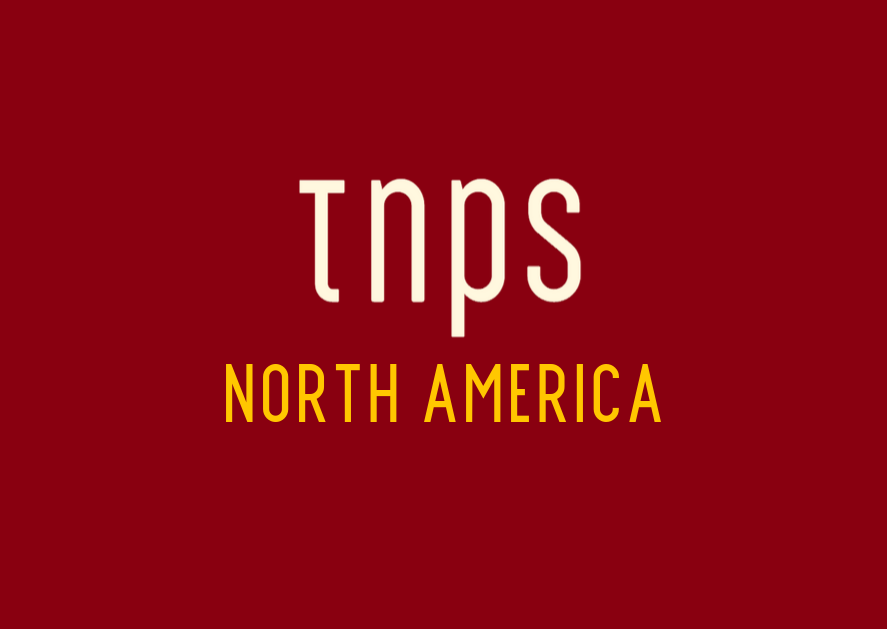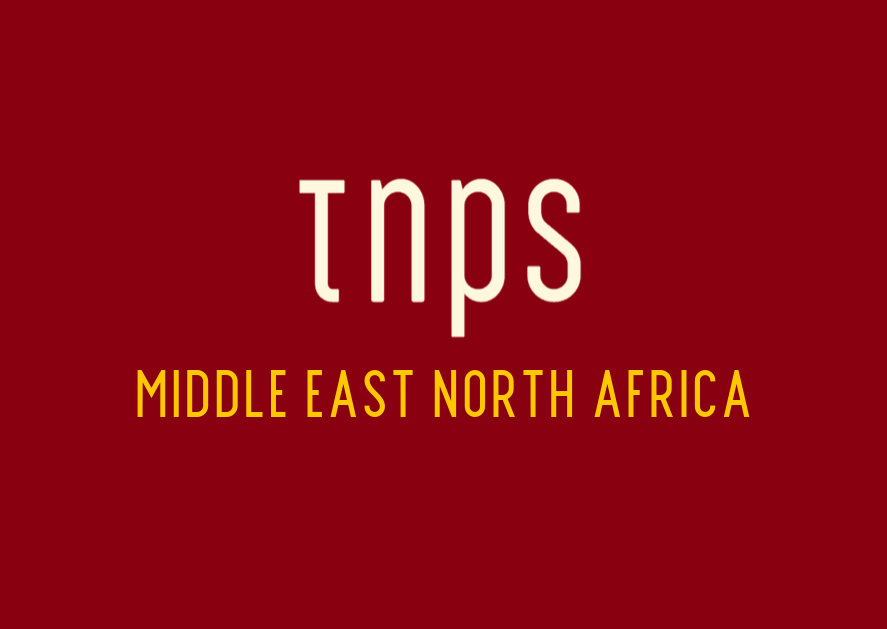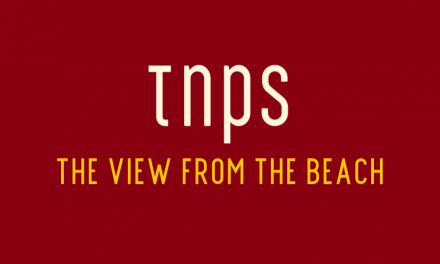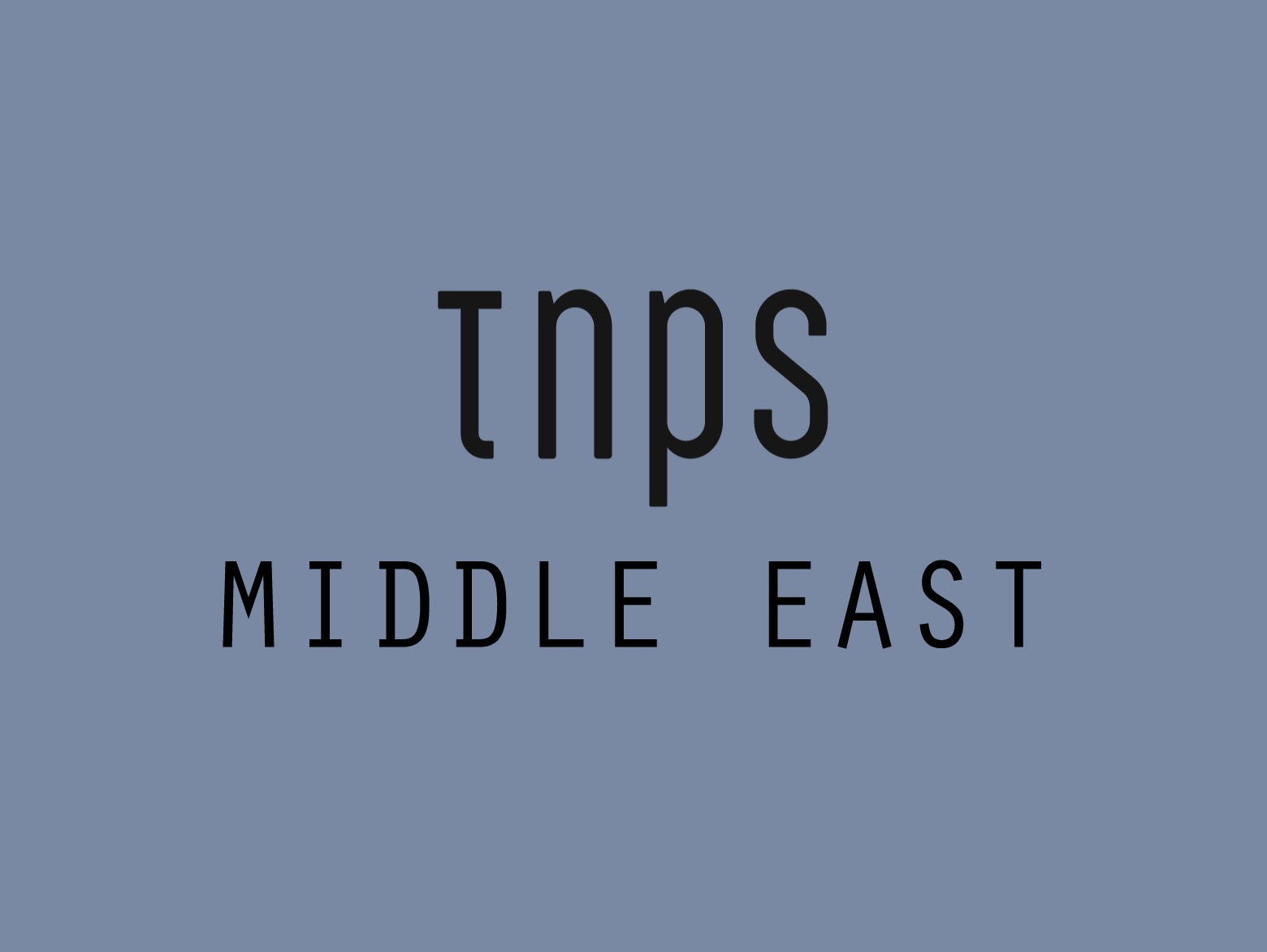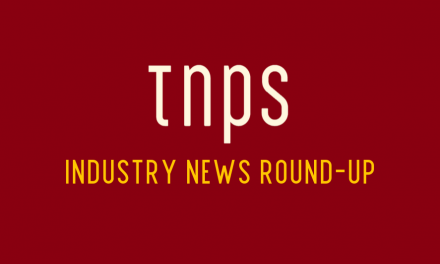Pre-2020 a publishers’ backlist wouldn’t have been a selling point, and backlist not a keyword a savvy CEO would ever dream of saying out loud. But this is 2021, the Pandemic has come and not yet gone, and the new normal is one where backlist matters.
Any acquisition by a “Big 5” publisher will make headlines as an example of consolidation in the publishing industry, but the imminent buyout of Workman by Hachette is special in several ways beyond the near quarter billion dollar price tag, and a tale of the Pandemic era.
Described as one of the largest independent publishers in the USA, Workman is making headlines this week beyond the industry journals, with the New York Times bringing its guns to bear on the deal, said to be worth $240 million, making it the biggest buy-out for Hachette in eight years.
There are any number of reports within the trade and elsewhere about the deal, the history of Workman, the Workman catalogue, etc, none of which need detain us here, but if you must know, check out the aforementioned NYT post of this from Publishers Weekly.
What is especially of interest is that of $134 million revenue last year, 40% came from in-house production, which is something we can expect to see more and more of.
But more interesting still is that for many Workman imprints 70%-80-% of sales are backlist.
Michael Pietsch, Hachette Book Group CEO, told Publishing Perspectives,
We’ve particularly looked to expand our offering in practical nonfiction and in children’s books, two kinds of books that backlist especially well,
Porter Anderson at Publishing Perspectives:
HBG and Workman fit together in many business ways. Workman is backlist-driven, with Reynolds saying that at some of its imprints, 70% to 80% of revenue is generated by its backlist. Despite acquisitions and organic growth, HBG has continue to look for ways to expand its backlist, and Pietsch praised the quality and depth of Workman’s roughly 3,500-title backlist.
Given Workman was up for grabs anyway it’s likely Hachette might have acquired the company without the backlist appeal, but in the Pandemic Y2 era backlist has moved from publisher sideline to exalted status, in large part due to the continuing shift online of consumer buying habits.
Put simply, bricks & mortar stores with their limited shelf-space and backroom storage tend to focus on frontlist sales except for proven perennials, and in the pre-digital era that meant publishers focused on frontlist.
Digital has been with us a long while now, but old habits die hard, and it took a pandemic to make publishers sit up and take notice as consumers, largely forced online to buy books, voted with their feet and breathed new life into backlist sales.
Pre-2020 a publishers’ backlist wouldn’t have been a selling point, and backlist not a keyword a savvy CEO would ever dream of saying out loud. But this is 2021, the Pandemic has come and not yet gone, and the new normal is one where backlist matters.
Publishers are just waking up to the fact that digital opens up a publishers entire catalogue of previously dormant or forgotten titles, and it’s self-evident this new awareness played a key role in the Hachette acquisition deal for Workman.
And from here it’s a short step (though probably not fast coming) to start thinking seriously about the backlist benefits unlimited subscription platforms bring.

